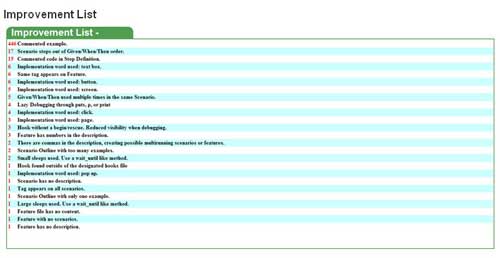Tutorials and resources on how to apply test automation in software testing
In many software development organizations, people make a difference between the software developers who actually write code and the software testers that are just there to perform some software quality activities. In the book “Experiences of Test Automation”, software testers from SAP share their view that test automation requires the same mindset than software development.
Testing mobile applications requires using many different tools for activities that ranges from testing communication to recording bug. In this article, Dmitry Radchenko lists some of the tools that he uses in his daily mobile apps testing activities.
As DevOps is now a new important approach for rapid software delivery, how do you perform software testing in this context of reduced cycle times. In his article, Gopinath C H explains how to perform testing in continuous integration and continuous deployment workflows, providing examples based on the Visual Studio 2015 and Team Foundation Server tools.
A test monkey is an automated tool uses for random application testing. Unlike automated regression tests, test monkeys explore the system in a new way each time the test is run. In the book ” Experiences of Test Automation”, there is an interesting chapter that explains the benefits and limitations of test monkeys.
One of the current theory about testing is that programmers take care of the unit tests and QA people manage the higher levels of the testing pyramid. In his blog post, Kenny Cruden discusses the fact that this theoretical approach can work in practice.
Selenium tests can quickly grow in size and could become difficult to maintain, unless adhered to DRY principles to the extreme. Geb is an open source browser automation solution that brings together the power of WebDriver, the elegance of jQuery content selection, the robustness of Page Object modelling and the expressiveness of the Groovy language.
The user interface (UI) is an important part of the functionality of Android mobile apps, so you should be able to perform extensive UI tests. Google’s Mona El Mahdy has published has published on the Google Software Testing blog a post that presents four strategies to test Android UI, aiming to create UI tests that are both fast, reliable and easy to debug.







